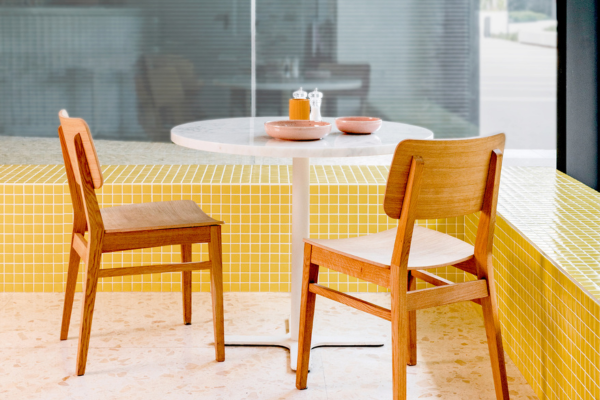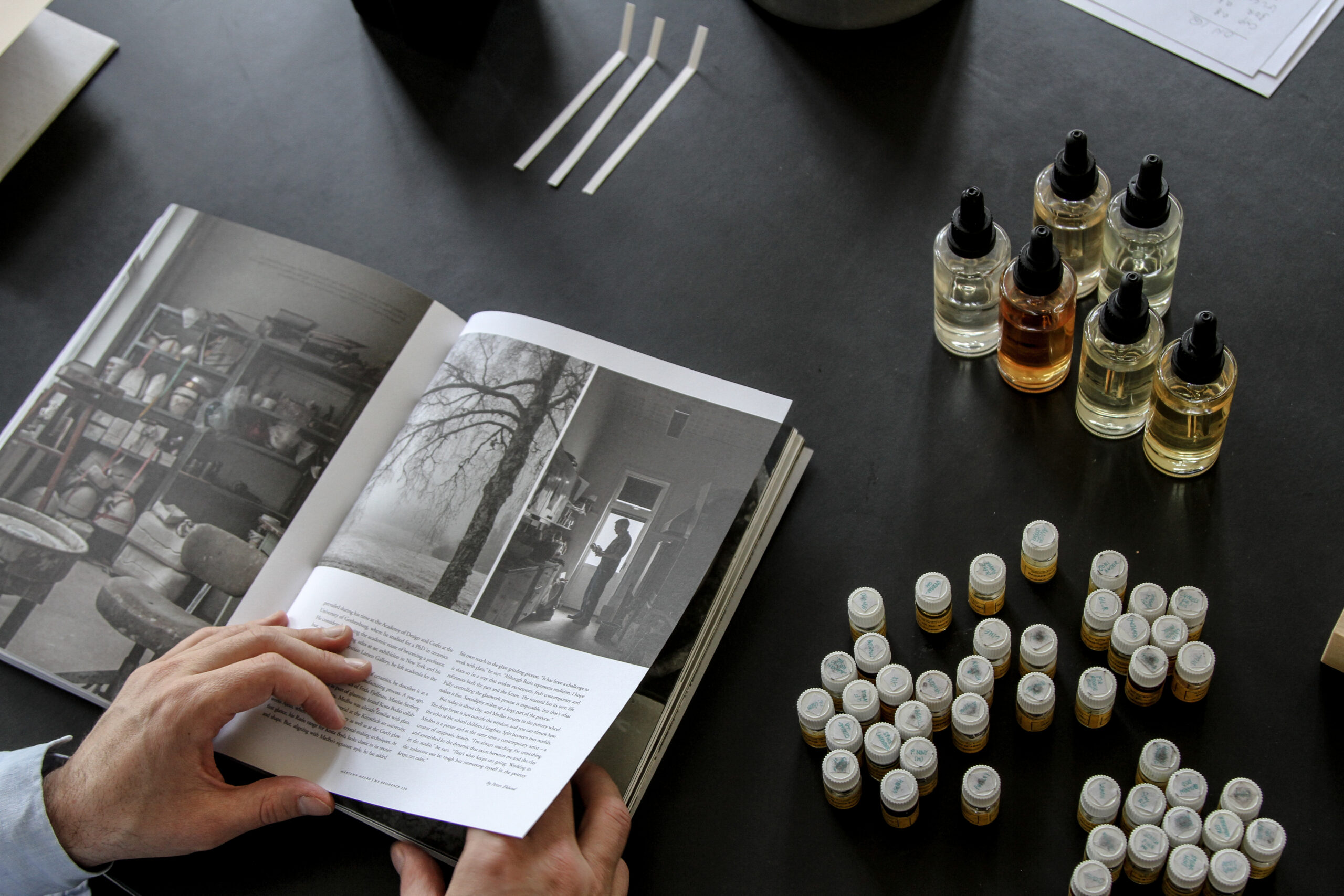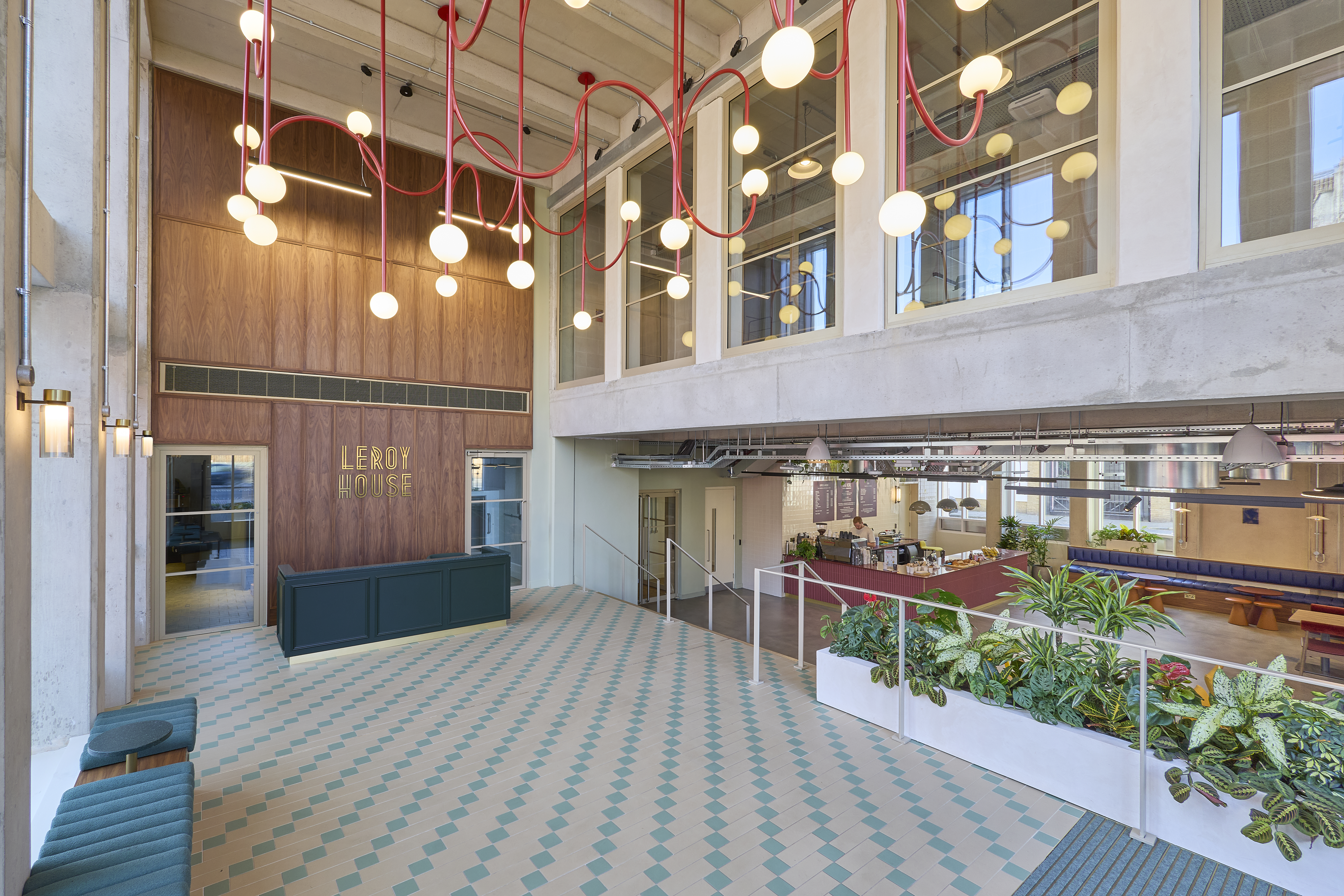 Hull
Hull
 Ten years ago, announcers on the trains pulling into the city used to say “This. Is. Hull” in such a resigned tone that visitors could hardly be blamed for wondering whether they were, in fact, entering a place with a different vowel in the middle. Now they are greeted by billboards all around the station, showing smiley people and a souped-up skyline, declaring: “Hull’s changing. Open your eyes. Welcome to the future.”
Ten years ago, announcers on the trains pulling into the city used to say “This. Is. Hull” in such a resigned tone that visitors could hardly be blamed for wondering whether they were, in fact, entering a place with a different vowel in the middle. Now they are greeted by billboards all around the station, showing smiley people and a souped-up skyline, declaring: “Hull’s changing. Open your eyes. Welcome to the future.”
The area adjacent to the station, now billed as St Stephen’s, was unveiled last autumn and is home to a huge Tesco, dozens of clothing retailers and a Starbucks. When you consider that the area used to reek of burgers and diesel fumes, the aroma of grande skinny lattes is a welcome relief, and certainly provides more convivial surroundings for business travellers and the local workforce alike.
The positive mood continues through to the office of John Holmes, chief executive of urban regeneration company Hull Citybuild. “It’s an exciting time for regeneration, as the physical delivery speeds up, and the public can see things happening,” he says. “Hull didn’t have a development corporation and has had to come from way back and try a lot harder. Politically too, it is a bit more stable now, as we have a sense of buy-in from all parties.”
Evidence of this revived property scene can be found a few minutes’ walk away from Citybuild’s HQ near the waterfront at phase one of the Humber Quays development. The One Humber Quays address has more than 2,000sq m of lettable space. It is home to the World Trade Centre Hull and Humber, which will promote international trade and development, while the Royal Bank of Scotland moved in last summer. PricewaterhouseCoopers is also due to take 40 per cent of neighbouring Two Humber Quays.
Jonathan Knowles, director with DLA Architecture, which is behind the two buildings, says: “One Humber Quays needed to be a very clean and elegant design that almost sits on the water. Two has more of a heavy masonry approach. Hopefully, they will act as a catalyst for the place as a regenerated business district.”
Further east along the bank of the River Hull, work will start on the Boom – a £65m scheme comprising offices, retail facilities, apartments and a hotel – in the autumn. Meanwhile, architects McDowell+Benedetti have been charged with creating a landmark crossing-point, the River Hull Footbridge, which is intended to be developed by a bistro-style operator to offer dining throughout the day and evening.
Despite this flurry of interventions, I get the impression that Hull is keener to retain its sense of history than cities such as Leeds or Liverpool, where they almost seem to have forgotten there was industrial life before converted-loft living. The city’s Fruit Market project epitomises this, stitching together various old and new elements to create a mixed-use development of residential, workplace and leisure spaces.
Citybuild chose Igloo Regeneration as its development partner. “Now that the whole area is being planned together, from the Deep aquarium to the marina and Humber Quays, you are getting a whole part of town to work together,” says Igloo chief executive Chris Brown. “Because Hull comes near the bottom in terms of economic activity, it has been overlooked by mainstream investment. We see that as a positive, though.
“In terms of setting up a business, it is really cost-effective compared with Leeds and Manchester. The Fruit Market scheme will provide creative businesses with the type of accommodation and infrastructure they need.”
Richard Scott, director with Surface Architects, adds: “Creative industries have a disproportionate effect on regeneration in that these people tend to look more towards innovation, community and networking, and having the right cafes and restaurants. This has a tangible economic, and therefore generative, effect.”
Surface is leading the design team for the Fruit Market project, which comprises Sarah Wigglesworth (see profile on p84), Bauman Lyons, Hodson Architects and Jan Gehl. “We say that it is the work of many hands,” says Scott. “There are so many different types of historic buildings, when we start to put new elements in, we are cheek by jowl with different architects producing different stuff.”
Less glamorous-sounding than new creative hubs, but just as crucial for Hull’s renaissance as a workplace, are developments by long-standing employers such as BP, which will open a bioethanol plant in 2009. Smith & Nephew is developing its wound-management centre, while Reckitt Benckiser is bringing 150 jobs to Hull following its acquisition of Boots Healthcare International. One of the city’s unique selling points is its people, according to Holmes: “Hull has a stable workforce. People don’t tend to move around too much and they have a good skills base.” Brown agrees: “There is a mental attitude that goes back to its history in shipping in that they don’t have a problem with doing business with Rotterdam, as opposed to Manchester.”
As of this month, Hull Citybuild will be subsumed by Hull Forward, which will have a remit to oversee the city’s economic masterplan, as well as its physical redevelopment. In typically upbeat fashion, Holmes declares finally that “there is a lot more to come” – and you don’t doubt him at his word.
























